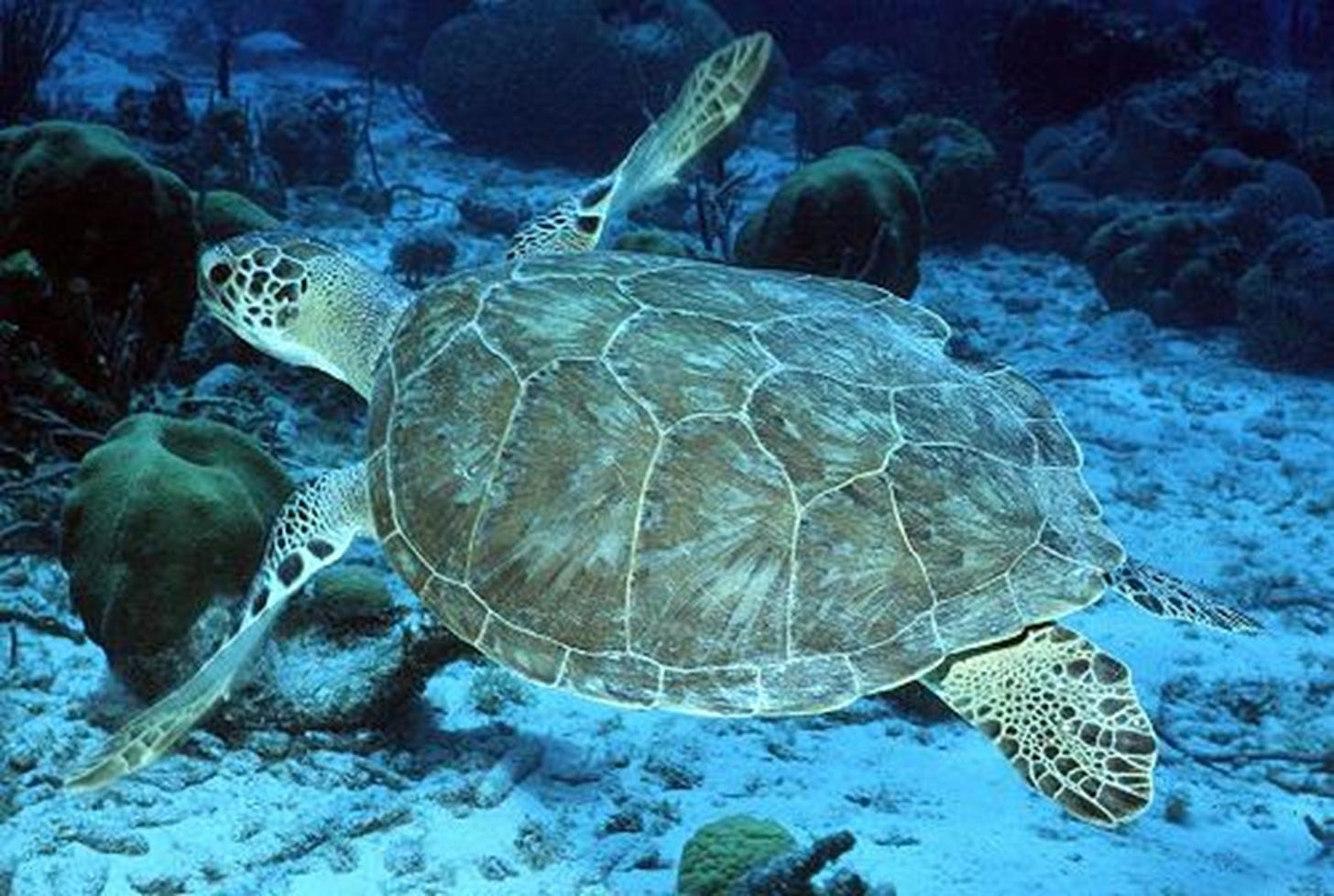Some years ago, the night before I started a college marine biology class, I had a dream about sea turtles. I wasn't particularly into sea turtles at the time, but I did have two pet land turtles as a kid.
On the first night of class, the professor told us we'd have to give a group presentation on a topic. One of the topics we could choose was sea turtles. It seemed I'd been given a sign. The universe wanted me to learn more about sea turtles. So I did.
In the end, I was glad I chose the sea turtle group. I'm not sure there is a much better example of how each living creature is a cog in the wheel of our ecosystem. Sea turtles are important to both the ocean and the beach ecosystems. They help provide and maintain habitats; support the health of ocean floors, coral reefs, dunes, and beaches; benefit nutrient cycling; control populations of some species; and provide food for other species.

In the ocean, leatherback turtles feed almost exclusively on jellyfish and help control jellyfish populations. Sea turtle shells provide a habitat for barnacles. Sea turtles eat the deadly box jellyfish, helping to keep beaches safe, and sponges, supporting the growth of coral reefs. They also eat sea grass on the ocean floor. They graze, keeping the grass short, which maintains the health of sea grass beds and helps the grass grow. This supports the lower levels of the food chain. Sea turtles promote nutrient cycling by crushing the shells of the crustaceans they eat, which puts nutrients back into the lower level food sources of the food chain.

On the beach, nutrients from sea turtle eggs, unhatched nests, egg shells, and hatchlings support the growth of dune vegetation, which helps hold sand in place and protects dunes and beaches from erosion.
Threats to sea turtles include predators, human harvesting of turtles and their eggs, ghost fishing gear, boats, ocean pollution and debris, loss of beach habitat, , and global warming, which is gradually changing beaches, causing more frequent and more devastating storms, and resulting in higher sand and ocean temperatures.
Organizations like the Olive Ridley Project work “to protect sea turtles and their habitats through rescue and rehabilitation, scientific research, and education and outreach.” Those wishing to support the organization can make one-time or recurring donations or symbolically adopt a sea turtle.
Sea turtles are also important to ecotourism, creating jobs, boosting local economies, and improving local ecosystems with the help of volunteers and donations. Organizations like seeturtles.org and seasense.org combine travel with education and conservation. Volunteers promote the survival of sea turtles by helping more hatchlings make it from their beach nests to the sea. At the same time, they learn to appreciate and value these beautiful creatures and learn more about their importance to the earth and its inhabitants.



